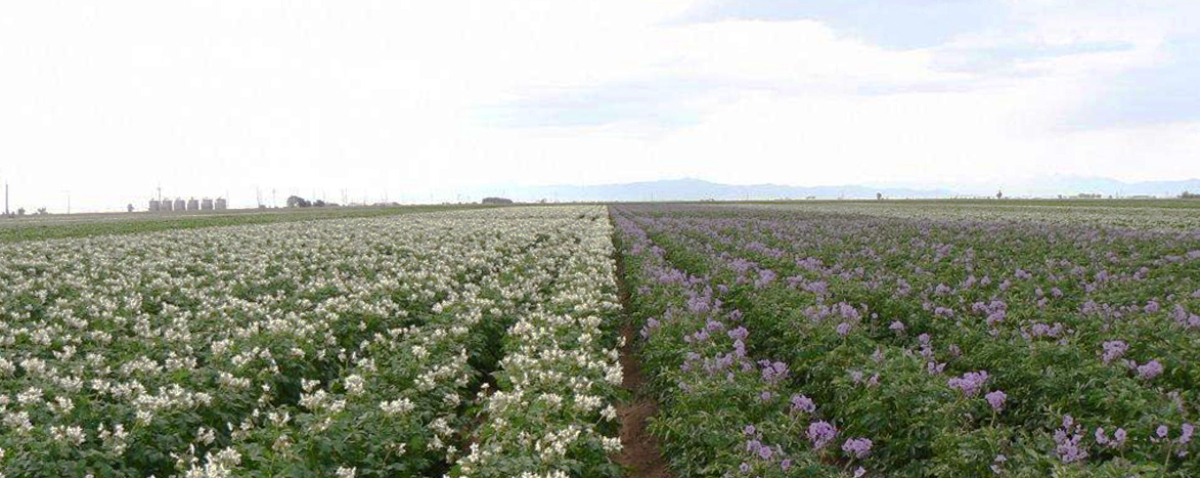Source: The Produce News
As station director for the San Luis Valley Research Center (SLVRC) in Center, Colo., Tyler Thompson is tasked with looking after the facilities, equipment, personnel and cash resources that support both the farm and the research programs located there.
“This is a pretty tall order for one person, but all of the issues I encounter and the solutions that I choose have to go through a decision-making filter of my own,” says Thompson. “To help guide myself and the farm in a progressive direction—whether or not spend money or take a specific action—the scenario must satisfy these criteria: Does X make our operation safer? Does X make our operation and practices more relevant to the state of the industry? Does X make our station more inviting?”
Therefore, he notes, his primary goal is to facilitate the research and always say yes to the needs, regardless of whether, at that particular moment, he has a solution.
“By making their job easier and less stressful, my contribution to the industry will be to give it more enthusiastic researchers with greater capacities,” he says. “To my knowledge, there are not many land-grant universities that have a research team dedicated to the development, production and maintenance of a fresh market-bound potato crop.”
The SLVRC has a faculty consisting of David Holm (potato breeding and selection), Samuel Essah (cultural management of potato), Sastry Jayanty (post-harvest physiology and potato nutrition), and pathologist-to-be Andrew Houser (seed potato certification).
“Our findings related to potato production in-season are relevant mainly to growers in the San Luis Valley,” Thompson says. “However, some of our potato cultivars and storage management considerations can be found as far [away] as Australia.”
 In 2017, the Colorado Potato Breeding Program developed international exclusive rights for Winterset, which will be exclusively released for potato chip production by Snack Brands Australia. It joins Top Cat, which is produced by Simplot Australia for processing into french fries.
In 2017, the Colorado Potato Breeding Program developed international exclusive rights for Winterset, which will be exclusively released for potato chip production by Snack Brands Australia. It joins Top Cat, which is produced by Simplot Australia for processing into french fries.
Additionally, thanks to the Colorado program’s efforts, Albert Bartlett & Sons, a company located in Scotland, has exclusive rights to produce and market Purple Majesty in several European, Asian and South American countries.
Another noteworthy accomplishment in 2017 was the journal PLOS One’s accepting Jayanty’s manuscript on anti-diabetic properties of red- and purple-fleshed potatoes.
There was also a lot of research done on the use of biological amendments to improve plant pathogen defense and fertility; PVY transmission and expression from seed; the evaluation of novel management strategies for silver scurf of potato in storage; organic potato production with SLVRC varieties; new variety development; the use of a penetrometer on potatoes in storage to determine time of shipment; and fertilizer and irrigation amount needs of SLVRC varieties.
“The importance of this research will be to help change consumer perception of the healthfulness of potato in the human diet,” says Thompson.
Looking ahead to 2018, Thompson believes the majority of the year will be spent updating all of the facilities on the campus, creating more office space and giving current buildings a “2020 sort of feel.”
“We are always expanding our potential reach in the potato industry,” he says. “Sometimes that’s new people, new equipment, or updates.”
The facility recently purchased a new, self-propelled potato harvester to help better mimic grower conditions and just received a $40,000 grant to improve its electrical infrastructure. It’s also hiring a new pathologist, with a selection expected to come by May.